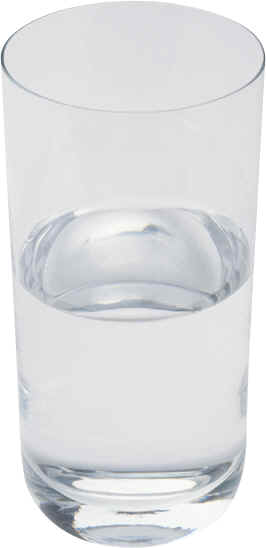


Blowing
The flute is a wind instrument. Without air it is just expensive plumbing. Blow energetically into your flute. It is more fun and it sounds better!
Most less experienced players do not blow nearly enough. Practice playing as loudly as you can with a good embouchure. If your sound is small, not blowing enough can be part of the problem.
What is support?
If you are like most people, you hear your band director urging everyone to support more. He/she will say, "Use your diaphragm." What does this mean? Do you know what your diaphragm is? What does it have to do with breathing?
For starters, your diaphragm is a big sheet-like muscle that divides your thorax from you abdomen. It moves down as your lungs fill with air and moves up as your lungs empty. There are many more muscles involved in breathing. The muscles in the abdominal wall, pelvic muscles and intercostal muscles (between your ribs) all help you to breathe.
Support is using all these muscles to energize the stream of air coming out of your lips. If you yell really loud, you have to tense up all the muscles of your abdomen to force the air out strongly enough to make your voice carry. If you push the air out with more energy when you play, you are supporting your sound.
Try this exercise: Lie on the floor on your back with your legs bent. Put
your hands on your stomach and breathe the way you do when you are falling asleep.
Do you see how your belly rises when you inhale and falls as you exhale? This is how
our breathing muscles  were designed to work naturally. When we play we want to
breathe in the same easy way. The only difference is that we inhale more quickly and
exhale much more slowly in a controlled fashion.
were designed to work naturally. When we play we want to
breathe in the same easy way. The only difference is that we inhale more quickly and
exhale much more slowly in a controlled fashion.
If your shoulders rise when you take a deep breath, you are not really breathing deeply. Our lungs fill like a glass of water, from the bottom up. If you raise your shoulders you are trying to do it backwards, from the top down. When you breathe correctly, first your belly expands, then your rib cage in the back and finally your upper chest.